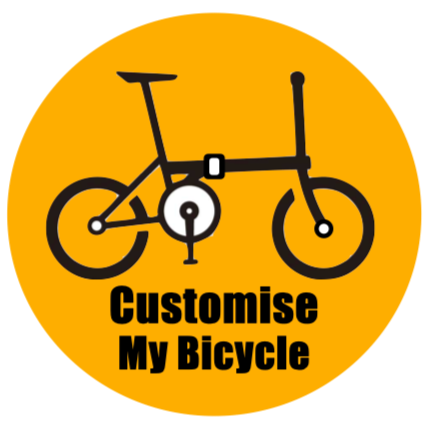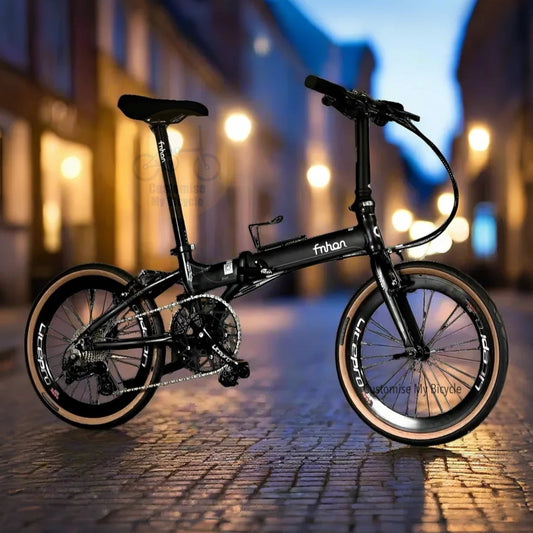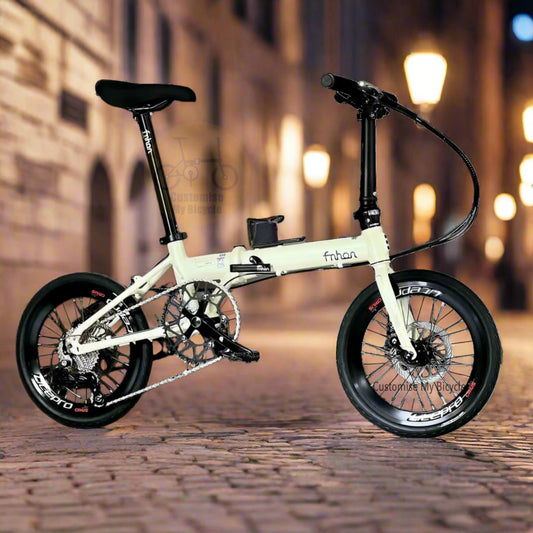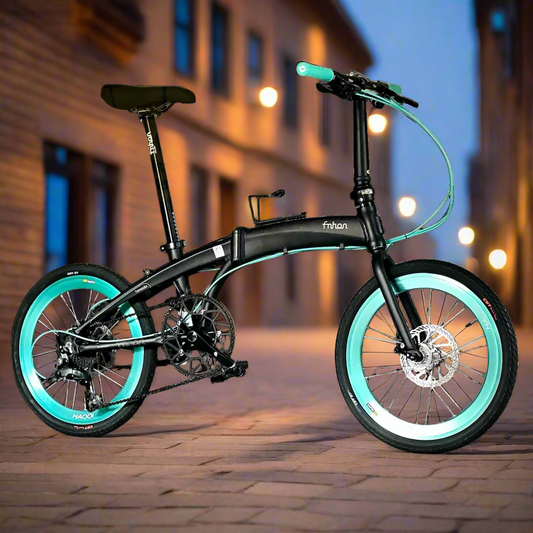
Riding Posture for Folding Bikes: Finding Comfort and Control
Cheng-San LokeShare
Folding bikes are popular for their compact size and urban versatility, but many riders overlook how much proper riding posture affects comfort, efficiency, and even safety. Unlike full‑sized road or mountain bikes, folding bikes often have shorter frames and adjustable components, which makes finding the right position both easier and more important.
Start with the saddle height.
Your saddle should be adjusted so that when the pedal is at its lowest point, your knee is slightly bent—never locked straight and never overly cramped. A quick test: sit on the bike, place your heel on the pedal at its lowest point, and your leg should be almost straight. Beginners who have just learned how to ride can start with the saddle lower so their feet can be placed flat on the floor for confidence, but over time it should be adjusted so that the leg is only slightly bent at the bottom of each pedal stroke.
Handlebars come next.
When the saddle is adjusted properly, handlebars should be set according to personal preference. As long as handlebars are at least as wide as the rider’s shoulders, the rest is more or less subjective. Some like a high, upright riding position for better visibility and comfort, while others prefer a lower, more aerodynamic setup for speed. The key is that handlebars can be reached with hands slightly bent at the elbows—no uncomfortable stretching forward, and no excessive bend that cramps your arms or shoulders.

Balance matters on a folding bike.
Because folding bikes have a shorter wheelbase, they can feel more responsive or twitchy. A neutral spine and relaxed shoulders will help you steer steadily without overcorrecting. Keep your core engaged, which reduces strain on your lower back during longer rides, and allow your arms to absorb small bumps rather than locking them stiff.
Fine-tune and experiment.
The beauty of folding bikes is adjustability. Don’t hesitate to try small changes to your saddle height, seat setback, or handlebar angle over a few rides. Pay attention to how your wrists, shoulders, and lower back feel. A few millimeters of adjustment can transform your ride from awkward to effortless.
In summary:
A good riding posture on a folding bike blends proper saddle height, comfortable handlebar reach, and a relaxed but engaged body position. Take the time to set it up correctly—you’ll enjoy smoother commutes, longer leisure rides, and far less fatigue. Happy riding! 🚴♂️✨








